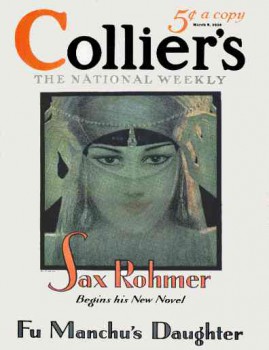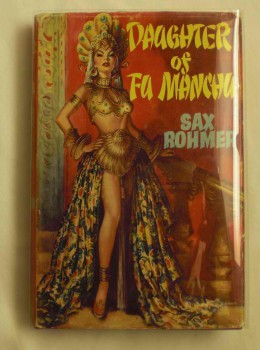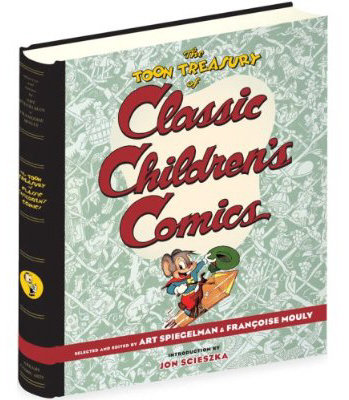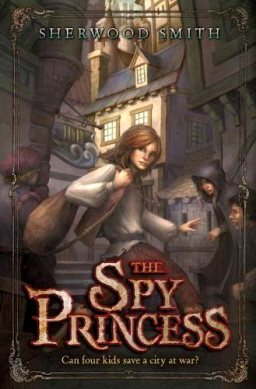Letters to Black Gate: Ed Carmien, Scott Taylor, Matthew David Surridge, and our Digital Future
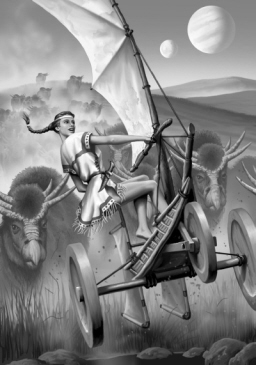
John Burt writes:
I am really enjoying the back issues of Black Gate I purchased. The Morlock series is awesome! The next article for me is the Choose Your Own Adventure in issue 12.
Other writers I enjoyed: Ed Carmien’s “Before the Wind” (BG 10) blew my socks off, probably my favorite story so far. Martha Wells is always enjoyable, Mark Sumner’s “Leather Doll” was the best until “Before the Wind.” Todd McAulty is very good. Those are the ones that come to mind while writing this.
I am a rebel when reading these as well, I start at the beginning and read from end to end, skimming over the RPG stuff (I play boardgames mainly), Which leads me to a comment about an earlier article, when discussing the magazines of the 70s that are gone, the writer mentions that Rodger MacGowan disappeared from the scene, he did, sort of. He is the art director of GMT Games and has RBM Studios, which does art for games (mainly wargames) and publishes the house organ for GMT Games, C3i.
Thanks for the feedback, John. We have fiction in inventory from Martha Wells and Todd McAulty that I think you’ll enjoy, as well as more Morlock stories by James Enge. Stay tuned!
Simone Stubbs comments on our plans to switch to a digital format:
John, I am writing to say that I won’t read the new Digital Issue. I prefer a hard copy sent to my address. Yes, it is what the new generation wants to do, read by hand held devices. But, I am sixty nine years old and my husband and I just have one desktop computer and one Track Phone between us for communication. Whenever you publish hard cover please send it to my address.
Simone, I know what you mean — a lot of our readers are constantly asking for digital versions of the magazine, and I know we’ll have to make them happy to survive. But I still prefer a physical copy of the magazine myself. I’m 48, and my house is filled with old books and magazines. It would make me very sad to have to totally give up print.
It will be some time before we’re able to do another physical edition of the magazine, however. If you’re missing any of the print issues, I’d be happy to offer you print back issues while you wait.
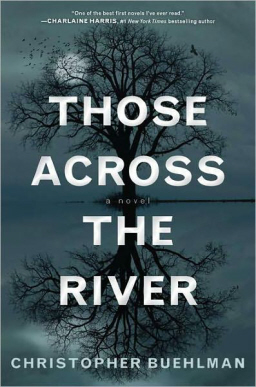
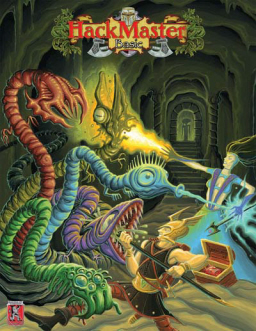
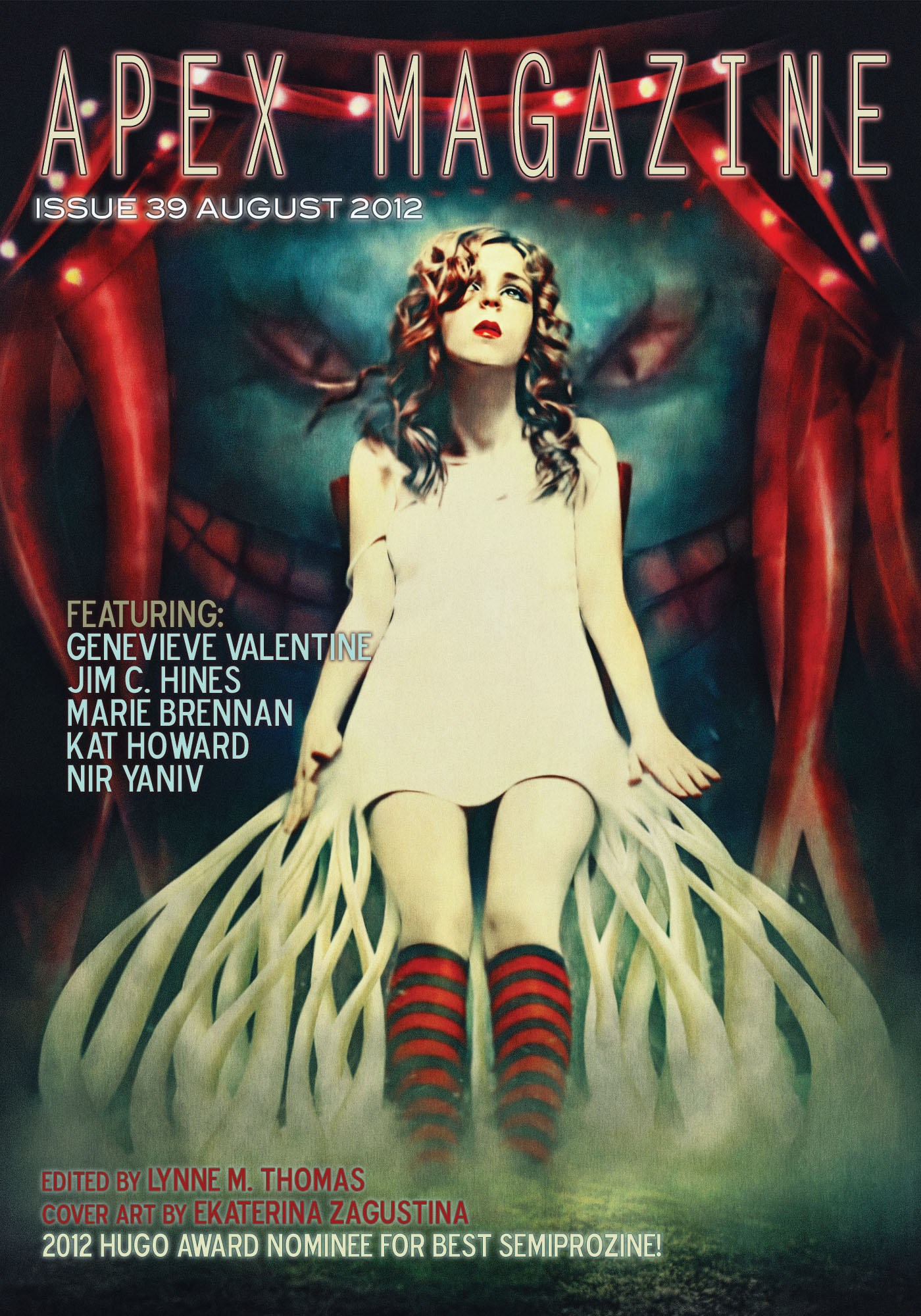 August’s Apex Magazine features
August’s Apex Magazine features 
